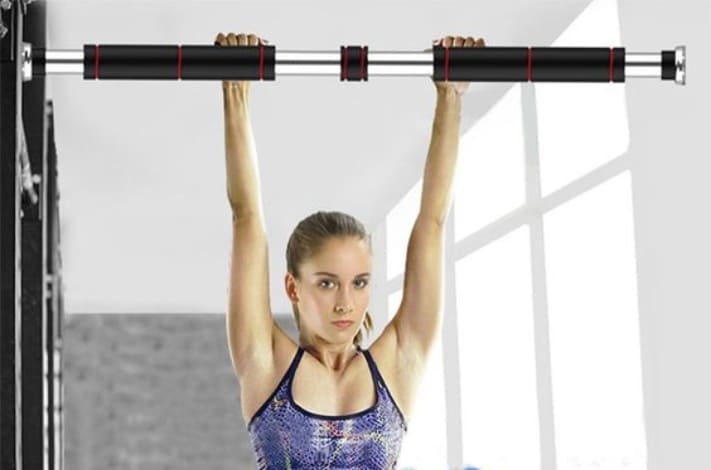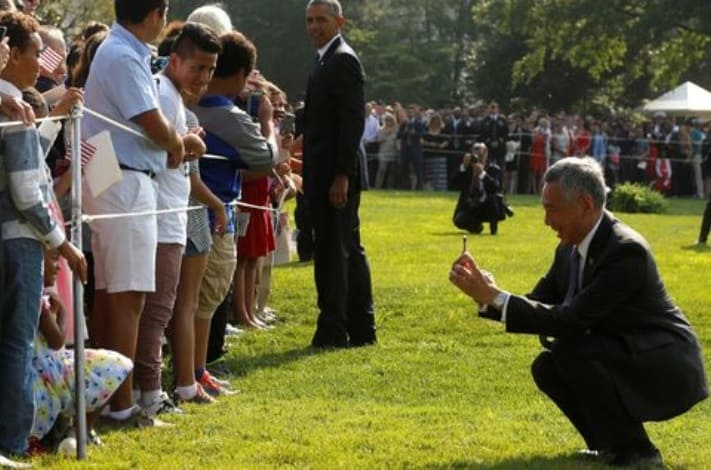Boys play baseball. Girls play softball. Is that all there is to it? False. Baseball is not an exclusive game meant for men but for either gender. In addition to that information, the differences between softball and baseball are quite significant.
You may find it difficult to distinguish between the two if you have never had a chance to watch a match or play the game. Since the games’ core mechanics are the same, there are a few notable differences overall. Despite having similar origins, baseball and softball differ in field size, ball size, pitching technique, and game speed.
Softball uses underhand pitches and a smaller diamond, whereas baseball usually has overhand throwing and a wider field. Are you curious how these variations influence each sport’s tactics and player experiences? Let’s investigate more.

Image source: Pinterest
What’s the Difference Between Baseball and Softball?
Originally, adults, primarily women, played softball indoors. Since then, it has become a sport that both men and children enjoy playing outdoors. Softball is a secure and efficient means of teaching baseball, along with the fundamental abilities and qualities needed. Even though baseball and softball are closely related, some significant distinctions exist. They include:
#1) Bats
The structural differences between softball and baseball bats allow players to choose a bat that meets their specific demands while meeting safety regulations. Better results on the field will also result from the development of equipment tailored to each game. These regulations set weight, diameter, and length restrictions on the bats. Some of the bat specifications include:
Softball Bats Dimensions:
- Sizes for High School and Adults:27″ x 16 oz to 34″ x 26 oz.
- Sizes for Youth: 26″ x 15 oz to 31″ × 20 oz.
Baseball Bats Dimensions:
- Sizes for High School and Adults:31″ x 28 oz 34″ x 31 oz.
- Sizes for Youth: 24″ x 12 oz to 32″ × 27 oz.
Note that baseball players often use heavier, longer, and wider bats. They are bigger than those of softball players of the same age. Pro baseball players must use wood bats. But they also use bats made of metal, fiberglass, glass, or ceramics in these sports.
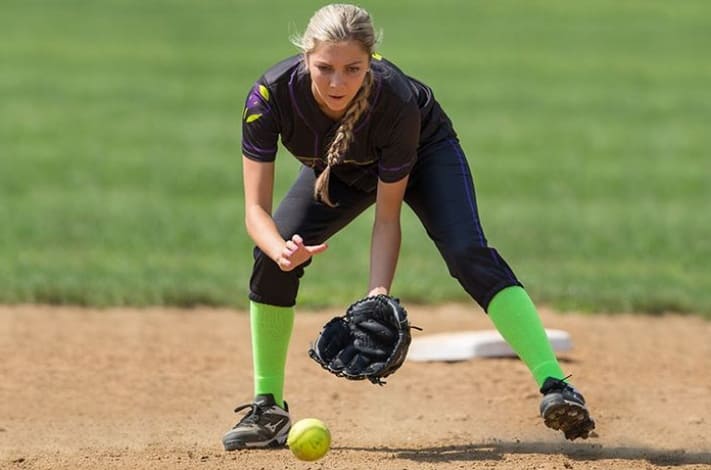
Image source: Pinterest
#2) Balls
The baseball and softball differences are distinguishable. Although baseball organizations approve of the usage of white balls, softball organizations frequently employ bright yellow balls instead.
Softballs have a circumference of 12 inches for those used in high school and college, but for children below the age of 10, their balls should measure 11 inches in diameter for a better grip. Conversely, baseball diameters fall between 9 and 9.25 inches, with the same circumference for all age groups.
For softballs used at high school and college levels, they weigh 6.25 to 7 ounces, but for 10-year-old children and below, they should weigh between 5.785 and 6.125 ounces. Unlike the standard diameter, for baseballs, the weight differs. A standard baseball should weigh 5.5 ounces, but the ones for young players should weigh 4.5 ounces or less. The ball manufacturing materials bring about the weight difference.
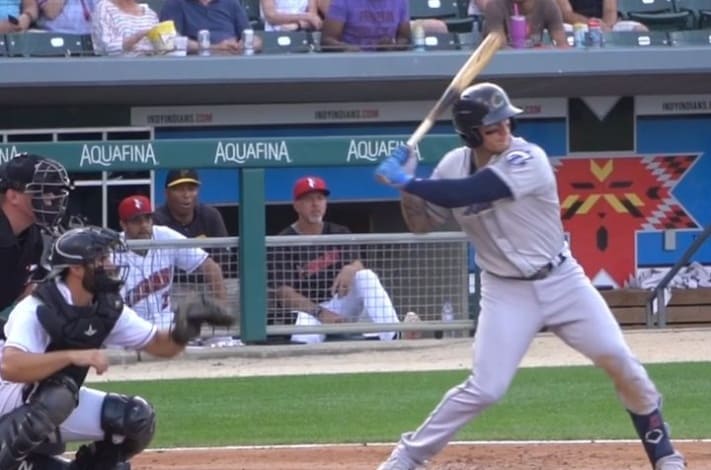
Image source: Pinterest
#3) Pitching
One of the most evident differences between softball and baseball is pitching. Softball not being played on a smaller field is not shocking. The pitching distance varies before starting. In baseball, the pitching distance is 60 feet, while in softball, it is 43 feet.
Pitching is performed physically in a way that is the most obvious distinction. The softball player throws the ball underhand. A baseball pitcher can legally throw underhand, but this is seldom done. Throwing overhand or sidearm gives the pitcher significantly more throwing velocity.
In both games, there are precise body guidelines for the pitcher when on the mound or within the circle. A softball pitcher, for instance, needs to align their shoulders and face straight at the home plate before pitching. However, in baseball, pitchers have the freedom to start in what is known as the stretch position and are not required to face the home plate. From the stretch, a left-hander faces first base, while a right-hander faces third base.
#4) Field Size
What is the difference between baseball and softball fields? The size of the field is one of the most obvious distinctions between these sports. Softball fields are smaller than baseball fields for players of the same age. However, the exact sizes may vary by the age of the players.
The distance between bases on a full-size softball field is 60 feet for a fast pitch and 65 feet for a slow pitch. On the other hand, they are spaced out at a length of 90 feet in baseball. When it comes to outfield barriers, softball fields may have them placed within less than 250 feet (76.2 m), while baseball fields often exceed more than 300 feet (91.44 m).
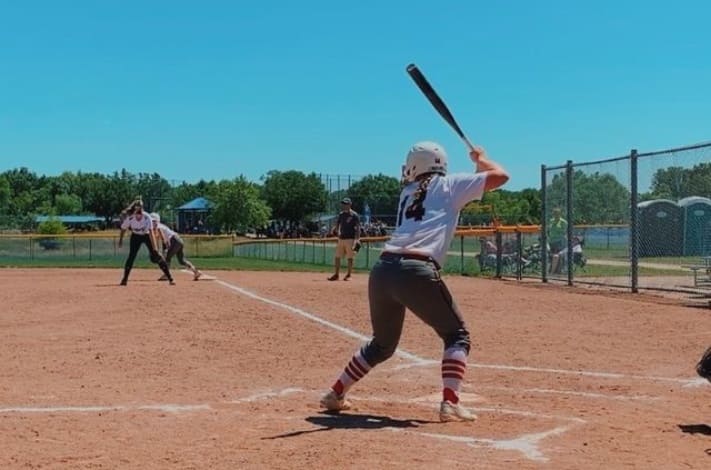
Image source: Pinterest
#5) Game Speed
As many people know, baseball games consist of nine innings. The inning is divided into two halves. For instance, there would be one half at the top and another at the bottom of the third inning.
In 1856, the field had nine players on it at once, a game fact still in use even today, which led to the creation of nine innings. That’s why today, there are still nine players on the field.
Softball plays seven innings that are likewise divided into two halves. Softball games are faster than baseball games when it comes to duration because they typically consist of a 7-inning game, which requires less time compared to the standard 9-inning game in baseball.
Wrap Up
Today, we have managed to explain the baseball-softball differences. There has been much talk. But if you want to learn more about pro baseball and softball games, such as pro salaries and how to bet odds, feel free to explore.


